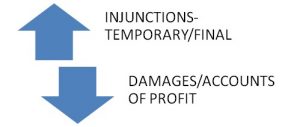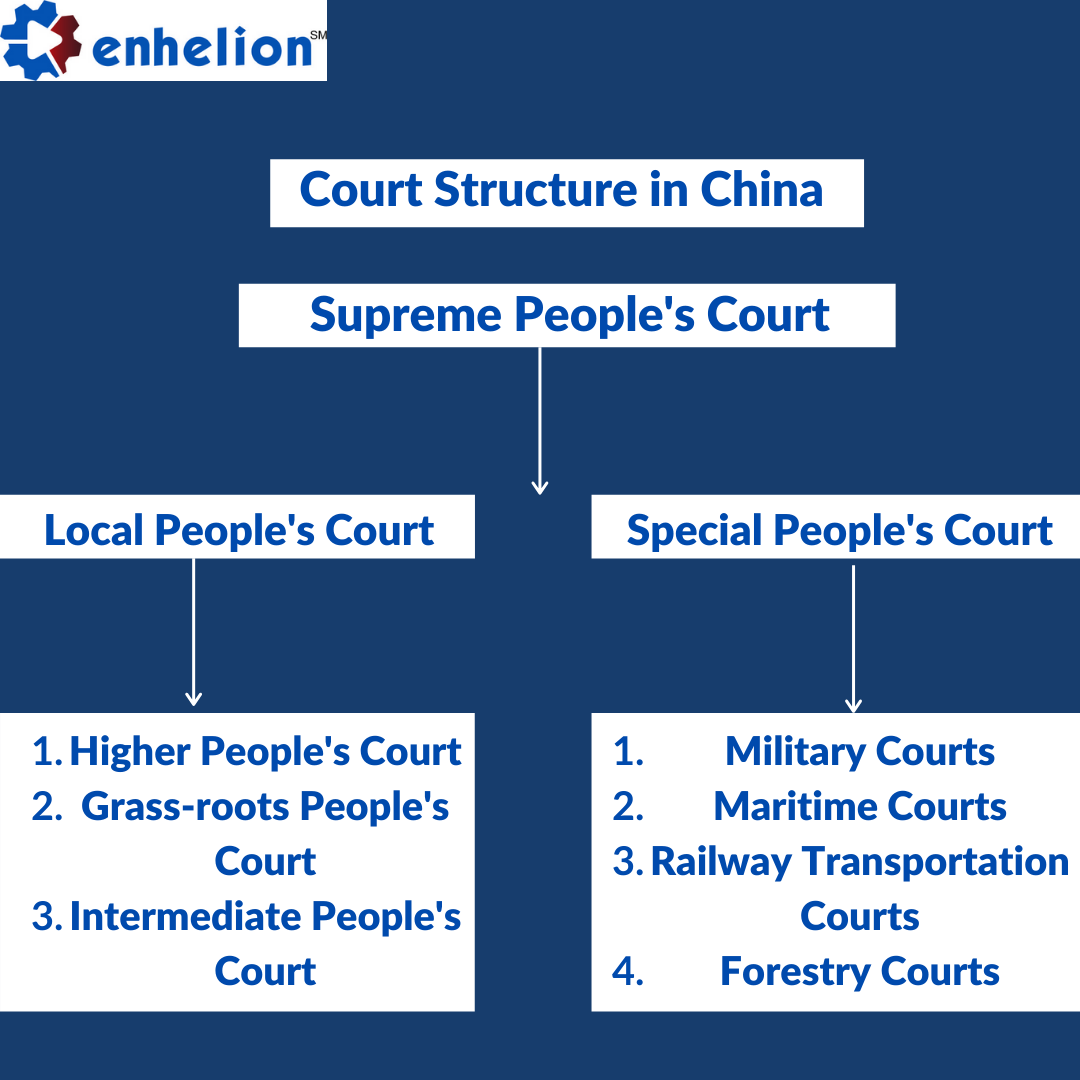By: Ayushee Subhadarshini
As it is said an invention is not your own until it is patented- so what is patent? How do we patent our invention? The simple answer to this is patent is the Exclusive legal right given to the inventor so as to protect its invention. we may say that it is a form of intellectual property. Basically, it is a title given to the owner of the invention for a certain time period which protects and secures the invention from any third party interference. In order to get a patent the inventor in return has to disclose all the information of the product, method, process, research etc of the invention.
Patents can be a three types- utility patent, design patent and plant patent. In utility patent the invention may be a product or process and it can be patented for up to 20 years .For example, engines of automobiles. Design patent it is a kind of registration in which the appearance of a particular design is patented it may be extended for up to 15 years. For example, logo of a brand (Note- design patent only count for appearance and not any functional aspect) .Plant patent is not found in India. In this if a farmer crossbreeds and produces a new variety of plant it may be patented.
Learn more about Intellectual Property Rights with Enhelion’s Online Law firm certified Master Course!
A big question arises on what can be patented- first a process or method can be patented .a new process which may be short, more efficient and user-friendly, which may give good quality products can be patented. Second a composition can also be patented like combination of certain substances or an active ingredient with other substances or mixture of certain elements or chemicals or substances. Therefore any useful composition is patentable. The third one is research .a research on some product process or approach can also be patented because this research might be used while making a product so it is patentable.
There are certain criteria which are needed for patenting. The invention must be new or novel. it should be of total originality ,it should not be found anywhere in the world .it should be an inventive step .either it may have some Technical Advancement some economic significance or both etc. it should be an inventive product the product; should be capable of industrial application in essence it should be fit for use in industries.
Learn more about Intellectual Property Rights with Enhelion’s Online Law firm certified Master Course!
Now there are inventions which cannot be patented.[1] Section 3 and 4 of Indian Patent Act 1970 lists out non patentable subject matter like scientific discoveries ,living beings ,plants ,animals ,organisms, new form of known substances ,mere addictive combination, traditional knowledge ,business methods ,mathematical methods and atomic energy etc.
There are certain procedures which are needed to be followed for getting a patent granted:
First the complete concept or idea of the invention should be written down in detail. it should include what is the invention or Idea, its working mechanism, how the invention helps in solving a problem ,the field of the invention, advantages of it ,elements or objects or composition involved in it ,any competitors of the invention etc.
If the invention includes research then the lab record should also be included. Visual illustrations play an important role- so sketches drawings, charts; diagrams should be designed to explain the working mechanism of the invention. As we know that all inventions cannot be patented so checking upon patentability is a very important step.
Learn more about Intellectual Property Rights with Enhelion’s Online Law firm certified Master Course!
Second step includes the drafting of patent application. as we know that a patent has both technical and legal aspects, for drafting a patent application it requires a lot of skills and practice .filing it on own would be a huge mistake as it might cause hindrance in the opportunity. this being the most crucial step requires a good patent agent or an attorney who will not only file the application but would stay and supervisor in the whole process like till the commercialization phase where the real money comes in by providing license or by selling the patent rights .this step costs depending on the fees of patent attorney or agent and it may require a time period of 8 to 15 working days.
After the drafting and reviewing of application by the inventor the patent is filed in a government office where a receipt is generated with an application number. there are three types of applications which can be filed in the patent office- the first one is the provisional application which is filed at an early stage of the research or development of the invention, it secures the filing date, 12 months is provided for giving the complete specifications and it is low in cost .the complete patent application is drafted when all the necessities and specifications required are available to file a patent. The international patent application provides protection to patent rights outside the country as well because as we know that patents are territorial in nature it can only be secured inside the country.
Learn more about Intellectual Property Rights with Enhelion’s Online Law firm certified Master Course!
Fourth step includes an examination request where an examiner is appointed by the controller to review the patent application only after receiving the request for examination .The examination report is generated after the review .it is a kind of prosecution where the patent application is prosecuted at every step before the grant of patent.
Fifth step includes the response to the objections. Mainly patent applications receive some or the other kind of objection in the examination report .the patent agent or attorney may give a written response to the objections raised. After analyzing it, if the objection is still not resolved then a meeting or communication of any kind is set up between the inventor with the examiner in the presence of attorney to clear up the objection.
In the sixth step the application is placed in order for grant. Once it meets all the patents criteria and is cleared of any hindrance the patent is granted.
There are certain advantages of filing a patent:
- A patent certainly gives protection to the invention and stops others from copying it.
- It also helps to protect it from competition at early stages of invention.
- It can also be used as a source of revenue by selling the patent rights or by providing license one can collect royalties from it.
- A premium can also be charged for an invention because it is unique and no one else’s making it.
- It gives more credit profit to an inventor and their company as well.
Learn more about Intellectual Property Rights with Enhelion’s Online Law firm certified Master Course!
Being advantageous at times there are also certain disadvantages of a patent:
- Makes the invention a public record i.e., information of it is publicly available .rather than keeping it a secret may help to stay afar from competitors.
- Applying for a patent is time consuming during which the certain invention may become outdated.
- For filing an application ,patent agent or attorney is required who charge heavy amount .putting money somewhere where the probability of getting the result is not a short is not a good move.
- Patents are time specific -filing dates, Annual fees all must be checked accordingly or it may get cancelled anytime.
- The territorial nature of patent provides service to exposure outside the country.

Landmark cases on Patent in India:
[2]Bajaj Auto Limited versus TVS Motors Company – in this case the defendants infringed the patent which concerns the invention of the technology of improved internal combustion engines of the plaintiff. This case is important as it also includes the doctrine of pith and substance.
[3]Novartis AG vs. Union of India- in this case Novartis filed patent application for its new version of cancer drug that is glivec. The case was regarding the filing of patent application for a new version of a known drug molecule. This is prohibited under Section 3(d) of Indian Patents Act, 1970. since the existing drugs patent has already expired the generic version which is also cheaper in cost is permissible for supply. so the application for leave it is rejected.
[4] F. Hoffmann-La Roche Ltd. & Anr. v. Cipla Ltd-In this case the plaintiff filed a suit for injunction, for curbing infringement and for claiming damages .The defendant argued that the drug was for treatment of cancer and was a derivative of parent drug, the composition was same except for one alternative .This was upheld in the Supreme Court.
Section 118-124 of the Patents Act,1970 provides provisions of penalties.
Section 108 of the Patents Act,1970 provides provisions for relief.
Act Punishment
| Contravention of secrecy provisions relating to certain inventions | Imprisonment up to 2years or fine or both |
| Falsification of entries in register,etc | Imprisonment up to 2 years or fine or both |
| Unauthorized claim of Patents rights | Fine up to 1-lakh rupees |
| Wrongful use of words “patent office” | Imprisonment up to 6 months or fine or both |
| Refusal or failure to supply information | Fine up to 10-laks or imprisonment up to 6 months or both |
| Practice by non-registered patent agents | Fine up to 1-lakh rupees, up to 5 lakhs in second offence. |
| Offence by companies | Liable for proceedings, punished accordingly. |
RELIEF IN AN ACTION FOR INFRINGEMENT

PATENT OFFICES IN INDIA
| PATENT OFFICE | TERRITORIAL JURISDICTION |
| Mumbai | The States of Gujarat, Maharashtra, Madhya Pradesh, Goa, Chhattisgarh, the Union Territories of Daman & Diu and Dadra & Nagar Haveli
|
| Delhi | The States of Haryana, Himachal Pradesh, Jammu and Kashmir, Punjab, Rajasthan, Uttar Pradesh, Uttarakhand, National Capital Territory of Delhi and the Union Territory of Chandigarh |
| Chennai
Kolkata |
The States of Andhra Pradesh, Karnataka, Kerala, Tamil Nadu, Telangana and the Union Territories of Pondicherry and Lakshadweep.
Rest of India (States of Bihar, Jharkhand, Orissa, West Bengal, Sikkim, Assam, Meghalaya, Manipur, Tripura, Nagaland, Arunachal Pradesh and Union Territory of Andaman and Nicobar Islands)
|
Learn more about Intellectual Property Rights with Enhelion’s Online Law firm certified Master Course!
Conclusion
Patent filing may seem a long and complex process but one should always remember the importance of a patent. Patent would always ensure that no third party can claim your rights without permission and order. Legal bodies are always out there to help people when necessary. An intelligent approach matters the most while filing a patent. With technological and digital advancements patent filing may become easier day by day. Make in India has a real significance over patents. We should not only encourage inventions and grant them patent, it also signifies the product to work in India. This helps in building up of the economy. It helps in more turnover for businesses, more credibility and many more to it.
[1] Indian Patent Act 1970
[2] MIPR 2008 (1) 217
[3] (2007) 4MLJ 1153
[4] I.A 642/2008 in CS (OS) 89/2008

